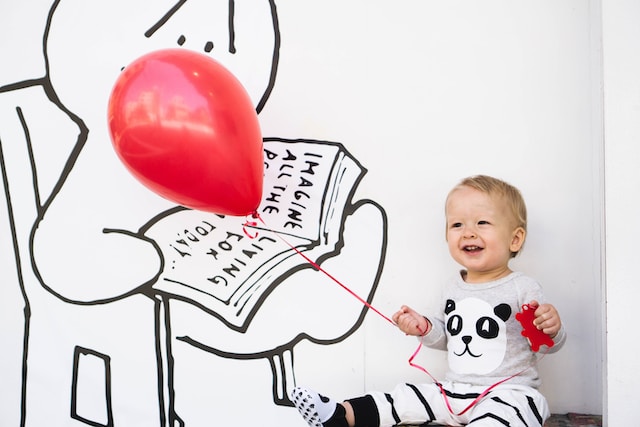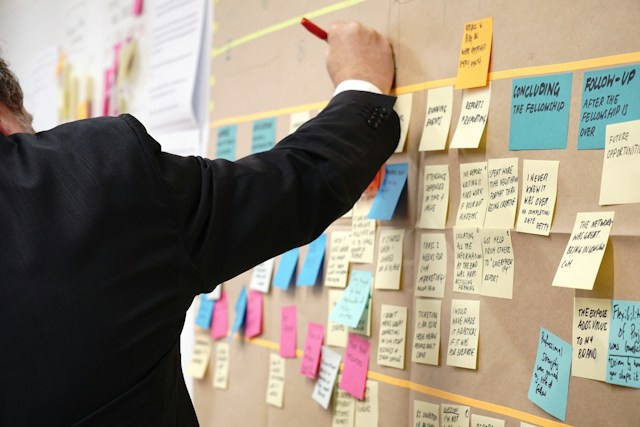Discipline is an essential aspect of parenting and caregiving but it doesn’t have to involve punishment or coercion. Positive discipline techniques offer a more effective and respectful approach to guiding children’s behavior fostering cooperation and promoting their personal growth. In this article we explore various positive discipline strategies that you can implement to create a nurturing and supportive environment for children.
I. Understanding Positive Discipline
Positive discipline is a parenting approach that focuses on teaching and guiding children through respectful and non-punitive methods. It emphasizes building a strong parent-child relationship fostering communication and helping children develop self-discipline and problem-solving skills.
II. Key Principles of Positive Discipline
- Mutual Respect: Positive discipline is based on mutual respect between parents/caregivers and children. It involves treating children with kindness empathy and understanding while also expecting the same level of respect from them.
- Clear Communication: Effective communication is crucial in positive discipline. It involves active listening using age-appropriate language and providing clear instructions and explanations.
- Consistency: Consistency in expectations and consequences helps children understand boundaries and develop self-discipline. It is important to establish consistent rules and routines while allowing for flexibility in certain situations.
- Focusing on Solutions: Positive discipline encourages problem-solving rather than punishment. It helps children understand the consequences of their actions and find appropriate solutions to conflicts and challenges.
III. Positive Discipline Techniques
- Setting Clear Expectations: Clearly communicate expectations and rules to children in a positive and respectful manner. Use age-appropriate language and provide explanations for the rules.
- Encouraging Positive Behavior: Acknowledge and praise children for their positive behavior. Positive reinforcement motivates them to repeat desirable actions and builds their self-esteem.
- Redirecting Attention: Instead of focusing on negative behavior redirect children’s attention to more appropriate activities or behaviors. Offer alternatives and provide guidance to help them make better choices.
- Active Listening: Practice active listening when children express their feelings or concerns. Show empathy validate their emotions and help them find constructive ways to address their feelings.
- Time-In: Use time-in instead of time-out as a discipline strategy. Time-in involves sitting with the child offering support and discussing their behavior. It provides an opportunity for reflection teaching and reconnecting.
- Natural Consequences: Allow children to experience natural consequences that arise from their actions as long as they are not harmful. Natural consequences provide valuable learning experiences and encourage responsibility.
- Problem-Solving Discussions: Engage children in problem-solving discussions to resolve conflicts. Encourage them to express their viewpoint listen to others and find mutually acceptable solutions.
- Teaching Self-Regulation: Teach children techniques for self-regulation such as deep breathing counting to ten or using positive self-talk. These techniques help them manage their emotions and behaviors effectively.
IV. Implementing Positive Discipline
- Lead by Example: Model positive behavior respect and effective communication. Children learn by observing their parents/caregivers so it’s important to demonstrate the behaviors you want them to emulate.
- Establish a Routine: Establishing a consistent routine provides structure and predictability for children. Routines help reduce conflicts and create a sense of security.
- Encourage Open Communication: Create an environment where children feel comfortable expressing their thoughts and feelings. Encourage open communication and be responsive to their needs.
- Collaborate and Involve Children: Involve children in decision-making processes and problem-solving. Collaborative approaches give them a sense of autonomy and responsibility.
V. Conclusion
Positive discipline techniques provide a compassionate and effective way to guide children’s behavior promote their personal growth and strengthen the parent-child relationship. By embracing mutual respect clear communication consistency and problem-solving parents and caregivers can create an environment that fosters cooperation self-discipline and healthy development in children.
Remember positive discipline is a journey that requires patience understanding and continuous learning. Each child is unique and it’s important to adapt discipline strategies to their individual needs. By implementing positive discipline techniques you can cultivate a loving and nurturing environment that supports your child’s emotional well-being and overall development.















Add comment